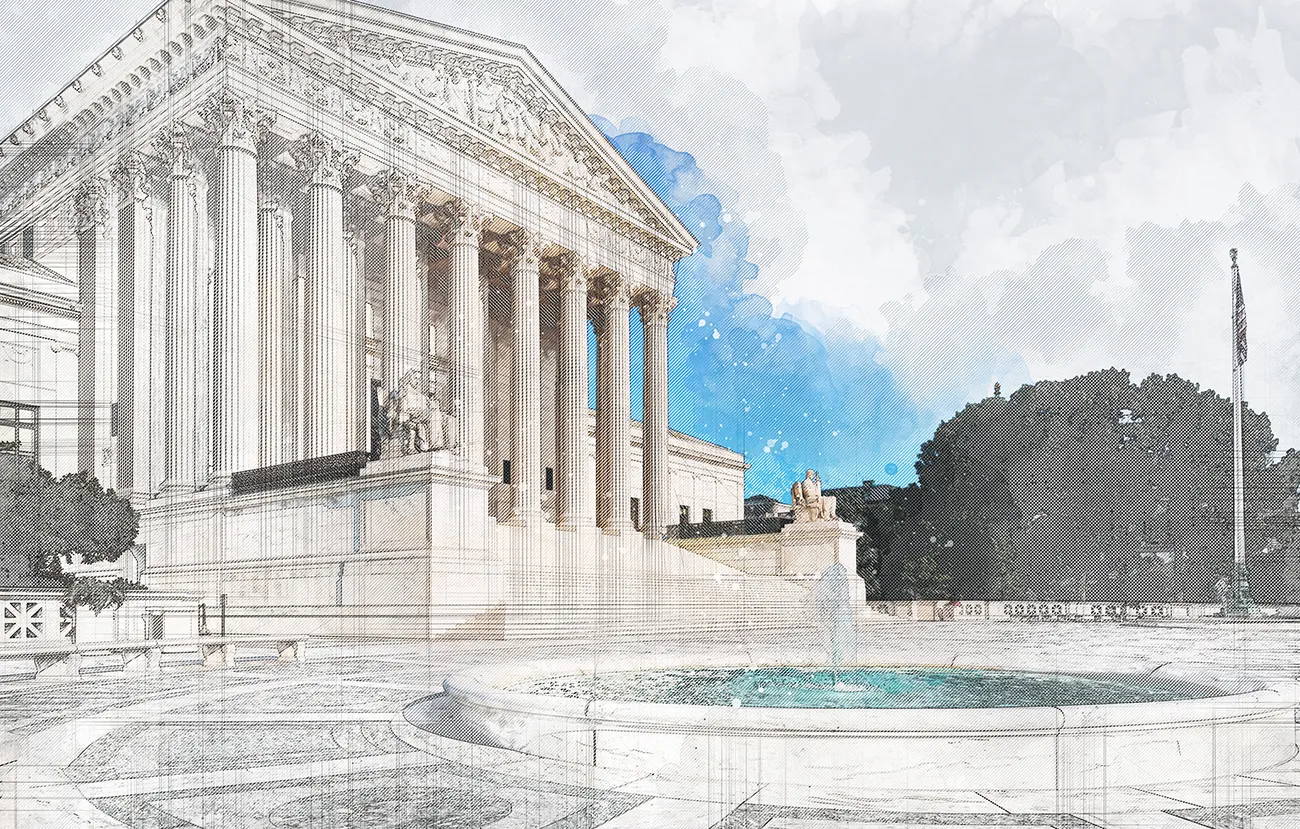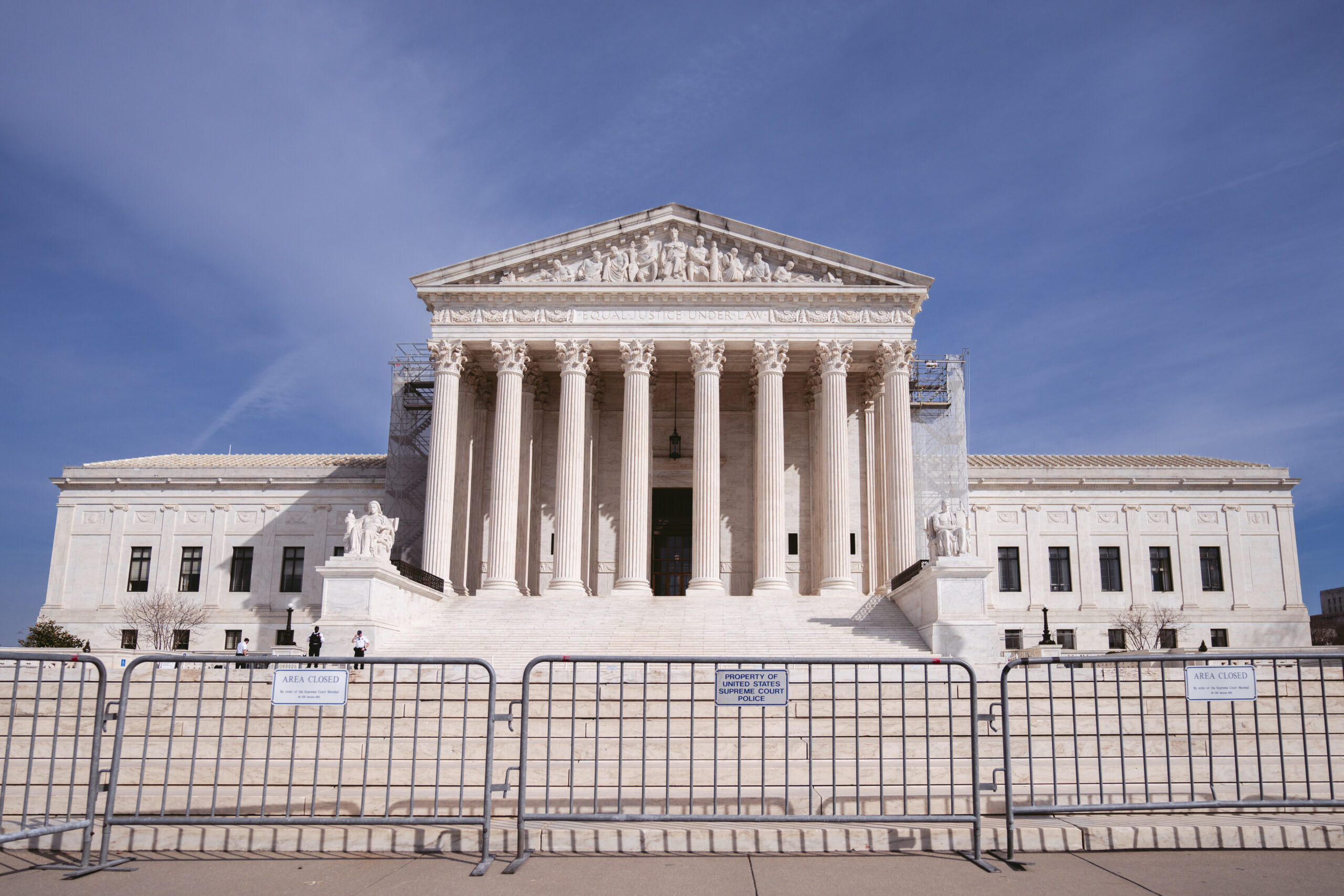Previewing Tomorrow’s Supreme Court Oral Arguments: Commil v. Cisco Systems and Kimble v. Marvel Enterprises
Tomorrow the Supreme Court will hear oral arguments in two intellectual property cases that could affect the technology sector: Commil USA, LLC v. Cisco Systems, Inc. and Kimble v. Marvel Enterprises, Inc. This blog attempts to summarize and preview the arguments for both cases. For disclosure purposes, CCIA filed an amicus brief in Commil in support of Cisco.
1. Commil USA, LLC v. Cisco Systems, Inc.
The issue the Supreme Court chose to focus on in Commil is “whether the Federal Circuit erred in holding that a defendant’s belief that a patent is invalid is a defense to induced infringement under 35 U.S.C. § 271(b).” Even though this is a patent law case, it may have implications for copyright as well because many patent standards for secondary liability are imported into copyright law (see Grokster). CCIA discussed this issue at length in its amicus brief supporting Cisco and argues that the culpable intent requirement in copyright law from Grokster should not be changed regardless of the holding in this case.
The Federal Circuit found that under the Supreme Court precedent in Global-Tech, which held that intent must play a role in a patent inducement suit, evidence of Cisco’s good faith belief was relevant to determining intent and it was clear error to exclude this evidence. This case and the arguments focus on what kind of intent is necessary to prove inducement.
Knowledge of a patent and knowledge of patent infringement are quite different. The crux of the issue, as presented to the Supreme Court, is whether knowledge of a patent is presumptive knowledge of intent to induce infringement, or whether a good faith belief that a patent was valid, and therefore actually capable of being infringed, is necessary. The Federal Circuit supported the latter approach, as did CCIA, which argued in its amicus brief that the Global-Tech decision clearly required knowledge of infringement.
Commil argued in their brief that history supports their interpretation that knowledge (1) of the patent and (2) of the patent’s applicability to the defendant’s activity, is enough to satisfy the intent required in Global-Tech. Their brief relies heavily on Aro II, a Supreme Court case pre-dating Global-Tech which found that intent was satisfied by a notice sent to the defendant that the plaintiff’s patent was being infringed. Commil also argued from a policy perspective it would place an undue burden on the patentee to not only demonstrate knowledge of the unlawful use, but also that the alleged infringer subjectively believed their use was infringing. Further, this interpretation could possibly encourage more direct lawsuits against individual infringers. The Solicitor General also filed an amicus brief in support of Commil.
Cisco countered in their brief that these arguments do not stand muster and have their own set of shortcomings (and as mentioned above CCIA filed an amicus brief in support of Cisco). They state that it is clear from Global-Tech that the inducer must have knowledge of patent infringement, not just that a patent exists. They point out that reliance on Aro II is unjustified because the defendant there did not raise a scienter defense, and therefore, although the notice qualified in that case it cannot be found to do so in all cases. Cisco also argued that policy and legislative intent support their interpretation because the reason for inducement laws is to punish culpable behavior, so if a defendant has a good faith belief that its action is non-infringing it cannot be said to be culpable and to have engaged in wrongdoing. Cisco further argues that merely requiring a notice letter for intent would increase abusive patent practices because it would entice non-practicing entities to send overly aggressive notice letters that could later be used to prove intent in litigation. They also argue that infringement necessarily assumes validity so a good faith belief that a patent is not valid would make intent impossible because it is not infringement to use an invalid patent.
2. Kimble v. Marvel Enterprises, Inc.
The Supreme Court granted certiorari to consider whether the court should overrule its precedent in Brulotte v. Thys Co.. In this case Kimble had assigned patent rights to Marvel in a toy that would allow children to shoot webs like Spiderman. After a series of failed negotiations and court cases Marvel moved that under Brulotte, they would no longer owe Kimble royalty payments after his patent expired in 2010. The Ninth Circuit found that Brulotte applied in this case and since the contract had no post-expiration discount or other indication that the royalties were not subject to patent leverage, the obligation to pay royalties was an improper extension of the patent rights.
Kimble argues that this precedent is outdated and widely criticized by scholars and practitioners in the fields of licensing, competition, and intellectual property law. He also notes the Ninth Circuit’s own reluctance to follow the precedent and, before the Solicitor General filed in the case, various federal agencies agreed this was a bad case. Kimble argued that the three premises—patent policy, economic considerations, and antitrust policy—Brulotte was founded under no longer apply.
First, he argues that patent policy is not supported by the rule because patent royalties on post-expiration use do not actually extend patent rights. He argues that license negotiators are aware of the term of a patent and that is taken into account in negotiations so that if they choose to license beyond the patent term it is due to the value of the patent during its term. Second, he argues that there are several useful economic benefits to disposing of the per se rule including that it will encourage lower prices within the time of the patent term as licensors attempt to create longer terms beyond the life of the patent, and also it does not actually stop others from using the patent after the term is over. Third, the antitrust concerns were premised on the mistaken understanding that the patent holder has inherent market power when in many cases, like this one, the inventor is far less sophisticated and powerful than the licensee.
Kimble argues a rule of reason analysis would be better suited for these cases. Further, Kimble argues that it is possible for the courts and not just Congress to overturn the precedent.
Marvel countered these arguments in their brief with special focus on the high burden of stare decisis. Marvel outlines the standard for overturning that case and that it is not merely based on the fact that a case may have been wrongly decided. They also state that stare decisis applies with “special force” when the decision may be altered by future legislation.
First, Marvel argues that this is a narrow and workable rule that supports the public policy argument that patent terms should be restricted so as to support the public domain. Second, Marvel argues that Congress has on several occasions had an opportunity to amend this law and has chosen not to, therefore strengthening stare decisis. Particularly, Marvel states, Congress decided not to overrule Brulotte, even though it was considered when it reformed patent misuse laws. Marvel therefore concludes that any reform is best left to Congress and not the courts. Third, they argue that inventors and innovators have not been harmed in any noticeable way by this precedent and that there are defenses in place for inventors (such as quantum meruit and fraudulent inducement) that do not apply here. Further, this would change the established practices of licensing parties for those that have acted on reliance to this rule and would create a more difficult standard to follow.
Marvel argues as a matter of policy this rule supports the limited term that patent is meant to reside within, and that it supports the free use of ideas within the public domain, stating “the progress of knowledge and commerce depends on not only rewarding innovation with a period of exclusivity but also carefully limiting that period, so that further innovation is not unduly hampered.” They also note that a change would create nuisance litigation and increase the problem of royalty stacking.
Finally, Marvel states even if the court overrules Brulotte it should not adopt the rule of reason standard because it is a costly and difficult standard to apply, also arguing that antitrust and patent law do not support the same goals and therefore this standard would vastly alter the current system.
Alexandra El-Bayeh is a Law Clerk at CCIA and a 3L at American University Washington College of Law.








